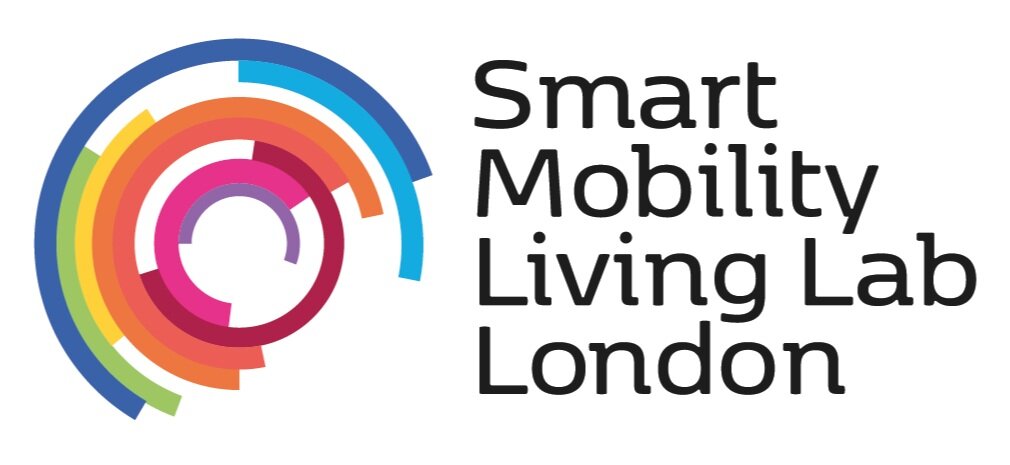INTRODUCING THE ROADSIDE MONITORING PILOT: A KEY MILESTONE ON OUR CONNECTED AUTONOMOUS JOURNEY
By PAUL ZANELLI, DIRECTOR ENGINEERING AND TECHNOLOGY, TRL
HOW DO YOU MEASURE A JOURNEY?
There are a number of different ways to do it. You could count in distance or time, or the number of connections you had to make or the service stations you stopped at.
But in the first century AD, people used milestones – reference points that mark set intervals along a road – to gauge how far they had travelled. There are 117 Roman milestones still standing in the UK.
And although we might not use Roman ones, we do still think in terms of milestones today.
And at SMLL, we’ve just reached a major milestone, as we embark on an initial pilot study of a small scale version of the testbed infrastructure.
This is a bold and exciting step on our road to a connected autonomous future!
The pilot will provide the necessary insights to confirm the concept design of the whole testbed.
It’s an opportunity to test our key use cases with multiple available technologies so that we can identify the optimum solution for wider rollout.
In this blog post, I’m going to explore the pilot – and explain why it’s such a significant and exciting milestone for SMLL.
Why are we running a pilot?
Our pilot is all about testing our approach to building the monitoring infrastructure at the roadside and considerations required for this.
Ultimately, we’re looking at how we can safely bring CAVs onto an existing road network.
It’s the complexity of doing this in an existing live urban setting which makes SMLL unique. We’re deploying a smart road traffic ecosystem in the wild - and that’s why we need a pilot.
The pilot sites will enable us to validate a series of aspects of the roadside monitoring infrastructure which involves testing:
Local wireless networking performance
V2X performance in an urban setting
Civil engineering requirements
Data transmission to the control centre
Network management solutions
The pilot will also enable us to validate the build requirements for fixed monitoring sites with a fibre connection, and those with a 4G only connection. In other words, it will give us an insight into the best way to deliver connectivity to the CAVs in the testbed – which is a fairly complex matter, as DG Cities’s revealed in their blog post.
Overall, we’re looking to validate seven key things at six key areas for the final testbed solution:
simplicity
scalability
interoperability
flexibility
security
safety
future proof
These are the tenets underpinning the testbed solution design, as the forerunner to building a unique infrastructure to support the development of CAVs and associated technologies.
Where is it taking place?
We’ve chosen two test sites for the pilot that are as broadly representative of London roads as possible, since this will enable us to maximise learnings for our real-world test environment.
So, with that in mind, we’ve selected a busy roundabout in Greenwich as our first site. For our second, we’ll be working at a four-way junction adjacent to the Queen Elizabeth Olympic Park (QEOP).
The reason we settled on these two sites lies in the fact that they’re so different. The QEOP was purposely re-built in time for the London 2012 Olympics. Consequently, a lot of the built environment is relatively new. This makes for a great comparison with Greenwich, where existing infrastructure is of mixed ages which represents varied challenges.
It’s all in the data
Real-world testing of the technology will help us understand how best to create a valuable, advanced connected environment for SMLL customers. That’s why the pilot is such an important milestone for the SMLL consortium – and the future of autonomous vehicles in London.
As we run the pilot, the data gathered from the trial sites will give us the first benchmark when the full testbed is up and running.
And, since we have two trial sites, we’ll be able to build a broader understanding much faster. Exploring the differences and similarities in the data we receive from both locations will help us anticipate, and hopefully overcome, any challenges that might come our way during the main infrastructure build.
In this way, the pilot is a vital exercise which will furnish us with real-world insights that can be used to develop the most rigorous, comprehensive, safe and valuable real-world test environment possible.
A milestone in the journey of mobility
In modern parlance, a ‘milestone’ has come to mean a marker of progress.
This also perfectly describes our pilot. When we look back, we’ll see this was the moment when we were breaking new ground on the road to developing a testbed to empower the future of mobility.
It’s an important milestone not just for SMLL, but for the entire history of mobility – stretching all the way back to the Romans.
